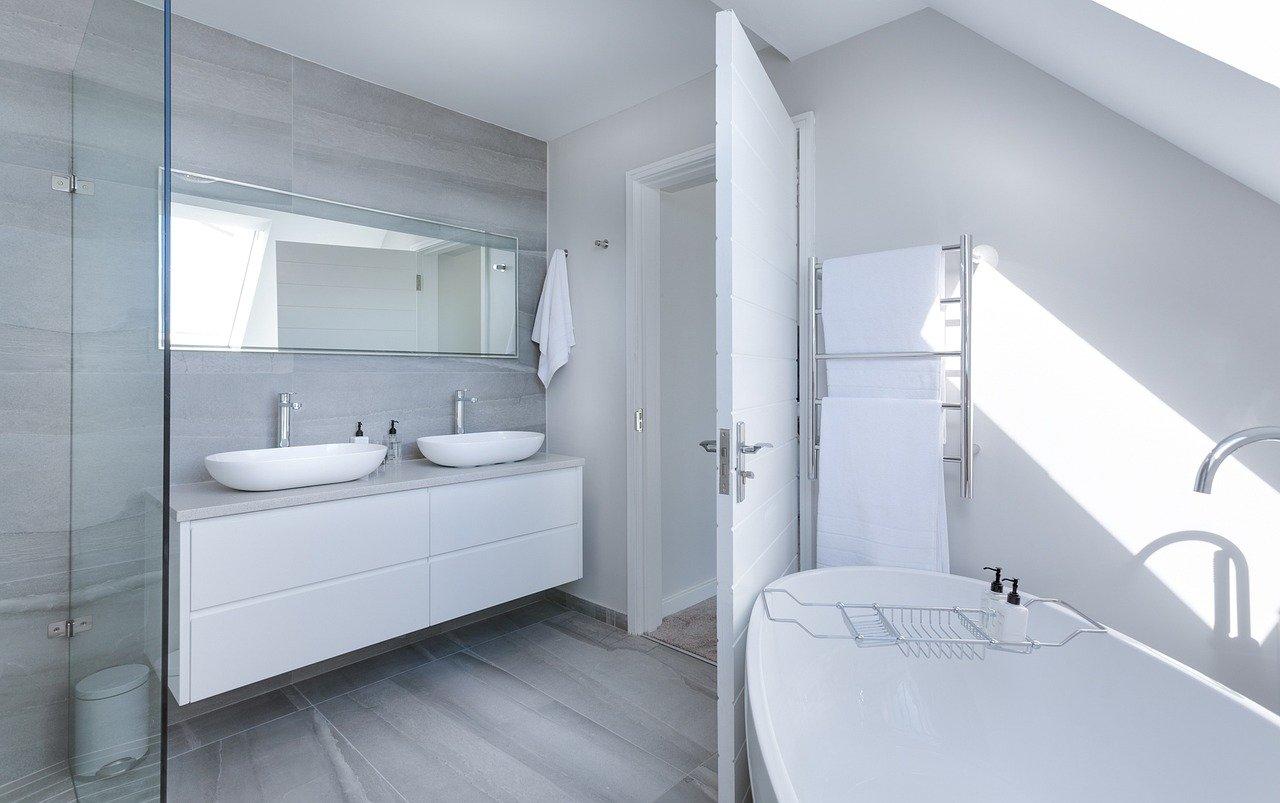
How to Project Manage a Remodel
Remodelling your home can be as nerve-wracking as it is exciting—especially when it comes to finding a good contractor to oversee the construction. One way of ensuring you get the results you’re hoping to achieve is to project manage the remodel yourself. This enables you to maintain a much greater degree of control over the building work. So, what’s the best way to go about it? Let’s take a look.
Contents
Making your expectations clear up front
Giving your contractor enough space
Addressing issues during a remodel
Project managing from a distance
Making your expectations clear up front
When you first start working with your contractor, it’s essential to lay out your expectations as early as possible. It’s best to do this in writing—as well as verbally—because this gives you an agreement in principle that you can refer back to as work progresses. Think about things like:
- Project milestones—when do you aim to have certain aspects of your remodel, e.g., your bathroom, finished?
- Project deadline—when do you aim to have the entire project finished by?
- Working hours—when do you expect your remodelling team to turn up and leave for the day?
- Interior design decisions—the dimensions, materials and placement of the products your team installs.
- The price of the work—what is covered by the quote and what isn’t? (Make sure you know up-front if there are any building material charges to be added to the initial quote for works.)
- Financial implications—will there be a discount if the contractor doesn’t meet their timelines, forcing you to spend more money on rent or other bills?
The agreement you come to should be mutual because it’s important to start your working relationship with your contractor off on a good footing. So, work with them rather than dictating to them—listen to their expert opinions, but don’t be afraid to assert your needs. You’re the client, after all.

Giving your contractor enough space
Homeowners are naturally fussy about getting their remodelling work done to a high standard. So, you might naturally feel inclined to breathe down your contractor’s neck a bit. This isn’t the best way of getting the results you want, though.
Self-employed businesspeople don’t like to be micromanaged—that’s why they work for themselves. It’s important that you trust your contractor to know what they’re doing. If you’ve laid out your expectations to them, now is the time to step back and let them deliver on them. Let them know you’ll be there at any time they need to consult with you, but otherwise back up a bit.
Check in with them at key stages, such as first thing in the morning to find out what’s on the agenda for the day and again at the end of the day so you can keep an eye on the rate of progress. Don’t hover over your tradespeople while they work—rather duck in and out to see how they’re getting along over the course of the day. This will enable you to troubleshoot any issues as you go along.
Addressing issues during a remodel
Even the best contractors get things wrong from time to time. Plus, situations do occur that are out of their control—they might reveal asbestos or other toxic substances, for instance. If and when things don’t go to plan, it’s your job as project manager to get them back on track. So, the first rule of dealing with issues is to keep calm.
Assess the scope of the issue—is it something that can be put right easily (such as a bathroom cabinet being mounted in the wrong place) or is it going to be costly (such as the wrong wall being torn down)? If it’s something that can be put right easily, it’s important not to get too upset about it and to just move forward and get it sorted. Battling out every little thing that doesn’t go right with your contractor will undermine the gravity of bigger issues that might occur and cause a rift between you and them.
If something goes wrong that is going to cause a major problem, it’s important to find out how it happened. If you’re on-site all the time, this shouldn’t be too much of a problem. However, if your contractor is evasive, defensive or difficult in the face of dealing with a major issue, then you need to take them back to the agreed delivery expectations and demand that they lay out a proposed solution. This should include who is going to cover the cost of any financial implications.

Project managing from a distance
Sometimes, it’s not possible to be there, on-site to oversee a project as it’s being worked on. Most of us have places to be—like our jobs or providing care for our children. When that’s the case, it’s still possible, however, to maintain a degree of project management control. And you should!
Try to be at your property at least once a day, if you can. If it’s far away from you, you still need to go as regularly as possible, if not every day. Being able to see the pace of work and the quality of work as it progresses are the two main factors in managing a remodelling project. If you’re project managing from an un-commutable distance, then you should arrange to have regular video calls with your contractor to check on progress.
In the mornings, drop your contractor a message to find out the schedule for the day. (You should lay out in your expectations at the beginning of a project that this is something you’ll be doing so they know to expect it.) If there are specific jobs where you have certain ideas about how they should be done, e.g., “please leave enough room for the shutter door to remain open when fitting the extractor fan,” now is your opportunity to express them.
Then, at the end of the day, drop them another message to send you a WhatsApp or email with photos of the day’s progress. You will be able to leave feedback on whether or not you’re happy with the way things are progressing. If there are things that need to be addressed, remember to communicate them in a kind way as this will maintain a good working relationship with your contractor.
Finally, maintain a project diary—ideally a photographic one—so that you can track progress from a distance as it occurs. By looking at what happens in a given week, you’ll be able to gauge its rate and quality in comparison to work done over other weeks. It will also give you some lovely Instagram-able content you’ll be able to share on your social media to celebrate the development of your beautiful new remodel.
Good luck with your project.
Looking for something else to read? Check out our article on How Robotics & Automation are Changing Interior Design.